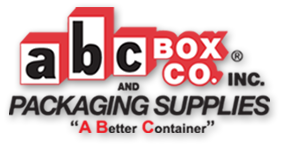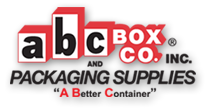BOX 101 EASY REFERENCE GUIDE
Box dimensions are described in terms of length, width and depth of the inside of the carton. When measuring or ordering boxes, the dimensions will be listed in that order.
Length and width describe the long and short sides of the box, respectively.
The depth describes the distance between the two openings of the box.
Call us if you need assistance with the information on this page. 262-789-8066
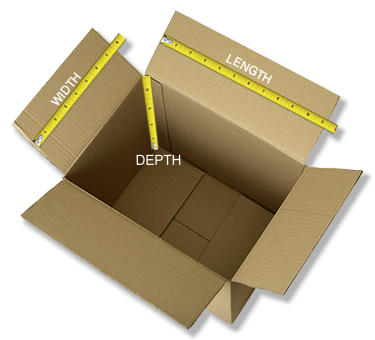
FAMILY OWNED & OPERATED FOR OVER 30 YEARS

(RSC)
REGULAR SLOTTED CONTAINER
A common container with equal length end flaps that are 1/2 the containers width so they meet in the middle. Perfect for most products.
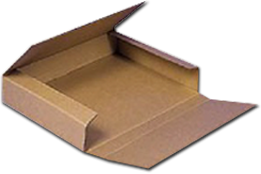
(1PC)
ONE PIECE FOLDER
A carton that folds forming a flat bottom and sides with extensions that form the top. Often recommended for products with low depth for ease of manufacturing.
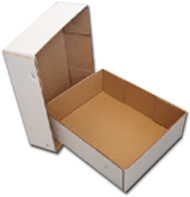
FULL TELESCOPE
This carton is formed from 2 slotted trays that interlock together.
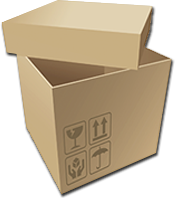
(HSC)
HALF SLOTTED CONTAINER
The same as RSCs without one set of flaps forming an open end container. Often paired with low depth trays to act as tops.
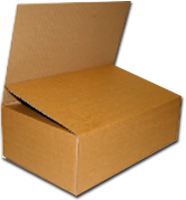
(FOL)
FULL-OVERLAP SLOTTED CONTAINER
The same as RSCs but the flaps on the top and bottom fully overlap instead of meeting in the middle. This container is used when extra strength and cushioning is needed.

(5PF)
5 PANEL FOLDER
A slotted container with a fifth panel that is used as the closing flap. Overlapping end flaps provide extra protection for long, small diameter items.
| TYPES OF BOARD AND COMMON GRADES | |||
|---|---|---|---|
| BOARD TYPE | MULLEN TEST | ECT | MAX. LOAD |
| SINGLE WALL | 125 | 23 | 20 |
| 150 | 26 | 35 | |
| 175 | 29 | 50 | |
| 200 | 32 | 65 | |
| 250 | 40 | 80 | |
| 275 | 44 | 95 | |
| 350 | 55 | 100 | |
| DOUBLE WALL | 200 | 42 | 80 |
| 275 | 48 | 100 | |
| 350 | 51 | 120 | |
| 400 | 61 | 140 | |
| 500 | 71 | 160 | |
| 600 | 82 | 180 | |
| TRIPLE WALL | 700 | 67 | 240 |
| 900 | 80 | 260 | |
| 1100 | 90 | 280 | |
| 1300 | 125 | 300 | |
| *Mullen and ECT tests measured in PSI, Load measured in LBS. | |||
| TYPES OF JOINTS | ||
|---|---|---|
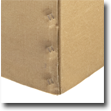 |
 |
 |
| Stitch Joint | Tape Joint | Glue Joint |
STITCH JOINT
The strongest available joint. It uses large industrial staples and is generally reserved for the heaviest or most abused packages. The stitch flap can be placed either on the inside or outside of the carton.
TAPE JOINT
Taped boxes have no additional flap, instead the two ends of the box blank butt up against one another and then tape is applied. This joint is about as strong as glue but is used when the additional flap is unwanted on either the inside or outside of the box.
GLUE JOINT
This joint uses a liquid adhesive to bond the glue flap to the other side of the box. It is the most common joint and is appropriate for most applications. As with stitch, the glue flap can be placed either on the inside or the outside of the carton.
| TYPES OF FLUTES | |
|---|---|
 |
TRP FLUTE | Thickness: 5/8" Industrial grade board that utilizes 3 mediums. Used for large and very heavy packages. |
 |
DW FLUTE | Thickness: 5/16" Usually found made from B and C flutes mated together. It's used for large and heavy packages. |
 |
C FLUTE | Thickness: 3/16" The most common flute. Strong, light and generally well printed on. |
 |
B FLUTE | Thickness: 1/8" A good general use board that prints well and is fairly strong. |
 |
E FLUTE | Thickness: 1/16" A thin board that is great for small packages and those with intricate printing. |
